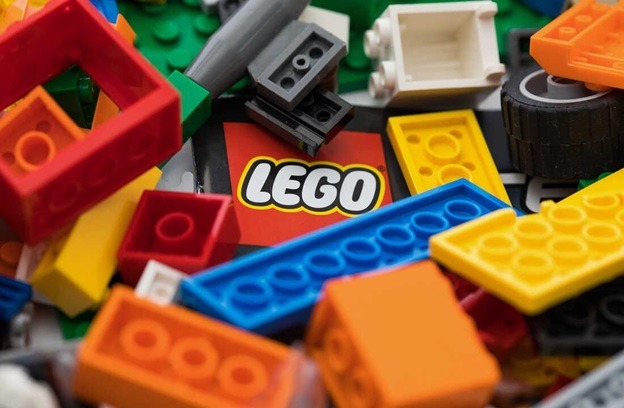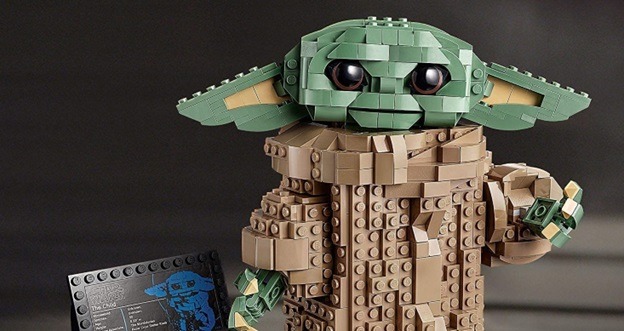Legendary LEGO sets are a staple for children and adults of the last few generations. This game is a top dog among developing toys for children. So, before asking why is LEGO so expensive, you should ask why LEGO is so popular. This game has incredible value for your kid’s development. But how exactly LEGO makes your kid smarter? Let’s find it out.
What is Lego good for?
Lego teaches construction basics, which affects a child’s development functions:
- Construction primarily develops fine motor skills. By connecting small parts, a kid has to make an effort to assemble the toy. It helps to train the coordination of movements.
- Fine motor skills are associated with the development of speech. These brain centers are located nearby. Young children tend to study everything that might seem new and exciting.
- Parents teach their children new words during playing sessions: the names of shapes, colors, structures, materials, and their characteristics.
- Lego develops logical thinking. You need to combine the parts to assemble the entire structure. It makes children think, mentally imagine a holistic object, and understand how to assemble it. A kid has a scheme attached to the Lego set that provides useful construction patterns to remember. Lego is also about the ability to find different ways to solve problems.
- Attention, patience, and perseverance. A kid must endure the failures associated with structure collapse, be persistent – restart the process repeatedly, and follow the instructions to the letter. Consequently, a baby acquires a valuable skill that will be useful later in life – self-discipline.
- Creativity. Since Lego can be assembled any way you want, a child trains their imagination, turning the imaginary builds into reality and calculating possible combinations.
- Lego develops color understanding.
- Math skills. Counting the number of bricks and dividing the whole into parts gives a child an understanding of proportions.
- Fundamentals of physics. A kid learns to consider weight, size, and balance. Your kid also finds out why the specific constructions work the way they do.
- Lego helps develop orientation in space and information processing about the world around us.
Why do kids love playing with Lego sets?
Lego would hardly have maintained its popularity for about 80 years if not for children’s love. Finding a child who says no to this exciting activity is quite a challenge. So let’s find out why kids love to play with Legos.
- Lego contains many interesting details of various shapes and types. Lego sets are created based on close observation of children’s behavior during the gameplay to keep a child interested.
- Fasteners are interconnected very easily, while the structures come out very strong and stable.
- All elements are non-traumatic with rounded corners. There are no dangerous sharp elements.
- The colors are varied, bright, and attractive. This peculiarity of children’s world perception has been taken into account.
- Lego consists of environmentally friendly materials that don’t contain toxins: high-quality pigments, not harmful to health. Besides, there is no glue.
- Your kid can combine parts from different sets. Although the design and production methods have changed, a modern toy will connect even with the very first samples.
- Sets have distinctive series. These series vary in complexity and unique themes.
- The instruction contains fairly detailed drawings and recommended assembly schemes.
- Lego has an individual approach to each age category to make it fun for all ages. A number on the package front indicates the recommended age.
- Lego sets are constantly undergoing research and testing.
What should a playing session look like?
- You should draw the attention of your baby. For the first time, they might treat Lego bricks as throwable rocks.
- Let your baby get familiar with Lego without your help to make it a true discovery.
- Then join the game, showing your excitement.
- Say all your actions aloud – name colors, forms, and sizes. Ask your baby to help you.
- Let your baby copy your actions and praise the baby to keep them motivated. It won’t take long for your baby to master basic actions.
- As for the first structure, try to make a tower.
- Hide separate figures in a toy bag, and ask your baby to name the one you show.
- Gradually build parks, villages, and cities.


